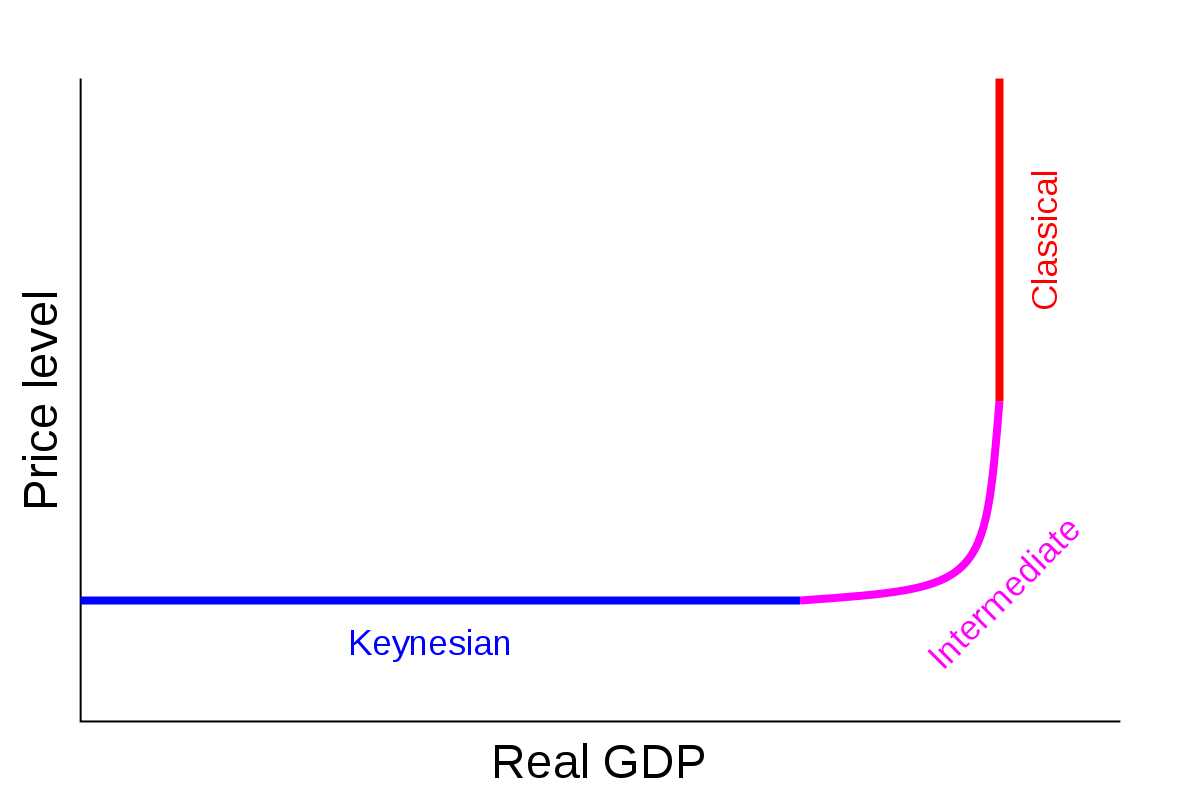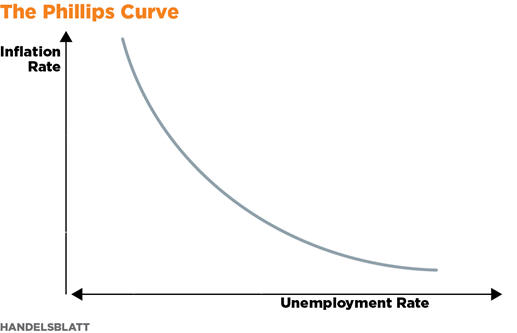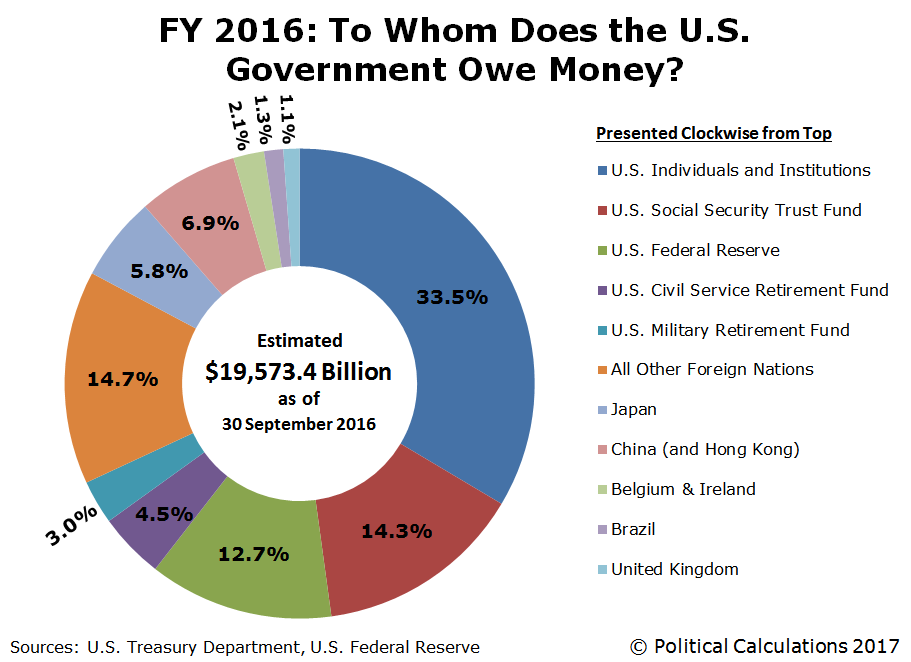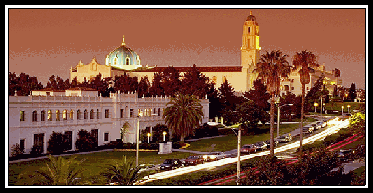|
E.
Aggregate Model of the Macro Economy
1. Aggregate demand curve
-
Shows combinations of the price level
(P) and real income or GDP (Y) that result in simultaneous
equilibriums in both the goods and money markets
-
Based on the different types of expenditures (C,
I, G, and X - M)
a. Graph

b. Shifting the aggregate demand curve
.

(1) Factors affecting the
aggregate demand curve
C = f [TP(-), r (-), CC
(+), W (+), CR (+), DB (-)]
I = f [r (-), TB(-), PR
(+), CU (+)] G = f [G (+)]
(X - M) = f [Y* (+), R (-)] .
AD = f [TP(-), r (-), CC (+), W (+), CR (+), DB (-), TB(-),
PR (+), CU (+), G, Y* (+), R (-)]
.
(2) Monetary policy
MS increases => r decreases => C, I
increases => AD increases MS
decreases => r increases => C, I decreases => AD decreases .
(3) Fiscal policy
G increases => AD increases
G decreases => AD decreases .
TP increases => C decreases
=> AD decreases TP
decreases => C increases => AD increases .
TB increases => I decreases
=> AD decreases TB
decreases => I increases => AD increases .
2. Aggregate supply curve
-
Shows the price level at which firms are
willing to produce different amounts of real goods and
services
-
Depends on quantity and quality of resources used in
production, efficiency with which resources are used, and
production technology
.
a. Short-run aggregate supply
-
Amount of resources, efficiency of their
use, and level of technology constant in short-run
-
Affected only by changes in the prices of
inputs

.

.
b. Long-run aggregate supply
-
Potential output - full-employment level of
output
-
Maximum amount that can be produced, given
resources and technology available
 . .
.
3. Equilibrium
.
.
.
.
.
.
.
.
.
.
4. Changes
a. Aggregate demand
.
.
.
.
.
.
.
.
.
.
(1) Phillips curve

.
(2) Using policy to affect the
economy
(a) Monetary policy
.
.
.
.
.
.
.
.
.
.
- Depends on responsiveness of
expenditures to changes in interest rates
.
.
.
.
.
.
.
.
.
.
(b) Fiscal policy
-
To counteract a downturn:
increase government expenditures, decrease taxes
-
To counteract overheating:
decrease government expenditures, increase taxes
.
.
.
.
.
.
.
.
.
.
- Deficit if government expenditures >
government revenue
- Debt = accumulated deficits
- Are deficits and debt a problem?
i) Crowding out
.
.
.
.
.
.
.
.
.
.
ii) Who owns the debt?

.
iii) Is the debt a burden on
future generations?
.
(c) Lags
- Recognize problem
- Implement policy
- Have impact on problem
-
Recognition lag similar for both
monetary and fiscal policy
-
Implementation lag longer with
fiscal policy - need to pass legislation, implement legislation
-
Impact lag longer with monetary
policy - indirect impact on economy
.
b. Short-run aggregate supply
.
.
.
.
.
.
.
.
.
.
.
c. Long-run aggregate supply
.
.
.
.
.
.
.
.
.
5. Business cycle

.
a. Economic indicators
(1) Concurrent indicators
- Employees on
nonagricultural payrolls
- Personal income less transfers
-
Industrial production
-
Manufacturing and trade sales
.
(2) Leading indicators
- Average weekly hours,
manufacturing
-
Average weekly initial claims for
unemployment insurance
-
Manufacturer's new orders, consumer goods and
materials
-
Institute for Supply Management new orders
index
- Manufacturer's new orders,
nondefense capital goods excluding aircraft
-
Building permits, new private housing units
-
Stock prices, 500 common stocks
-
Leading Credit Index
-
Interest rate spread, 10-year Treasury bond
less federal funds
-
Average consumer expectations for business
and economic conditions
.
(3) Lagging
indicators
- Average
duration of unemployment
- Inventories to sales ratio,
manufacturing and trade
- Labor cost per unit of output,
manufacturing
- Average prime rate
- Commercial and industrial loans
- Consumer installment credit to
personal income ratio
- Consumer price index for services
-
Calculated by the
Conference
Board
.
b. Impact on managerial decisions
|


